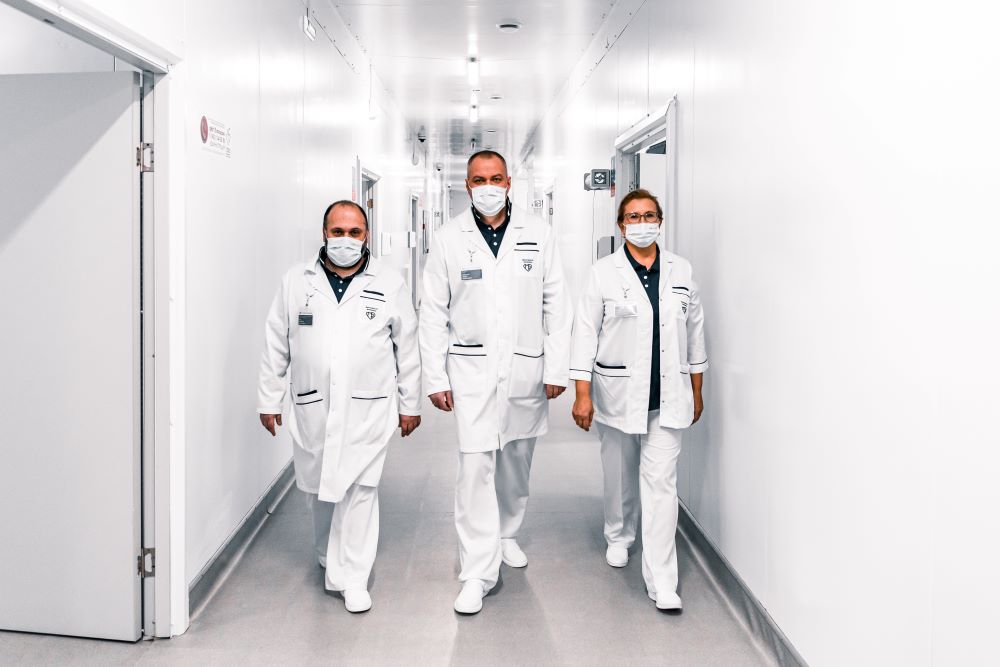Evaluating the full cost of medical degrees involves more than just tuition. Indirect expenses, living, and opportunity costs also add to the price tag.
Pursuing a medical degree is a journey marked by significant financial and educational commitments. As tuition fees continue to climb, prospective doctors are increasingly tasked with assessing the financial viability of their chosen career path.
However, this evaluation goes beyond just the immediate tuition expenses. It includes various associated costs, such as living expenses, learning materials, and other lesser-known financial obligations. Moreover, understanding the legal ramifications of student loan repayment adds an essential dimension to this analysis.
This article aims to provide a multi-faceted evaluation of the true cost of medical education, blending financial and legal insights to offer a well-rounded perspective. By dissecting these elements, it seeks to equip future medical professionals with an in-depth understanding of the economic and legal realities of pursuing a medical career. Read on.
The Tuition And Fees Of Medical School
Tuition and other fees are the most immediate and significant expenses in medical school. The cost varies widely between public and private institutions. For instance, in-state students at public medical schools, the average annual fee is USD$35,000, while out-of-state students face fees closer to USD$60,000. On the other hand, private medical schools generally charge between USD$50,000 and USD$60,000 per year.
Throughout a typical four-year medical program, a student at a public school might expect to pay between USD$140,000 and USD$240,000 in total tuition, depending on their residency status. Private schools, meanwhile, can cost between USD$200,000 and USD$240,000 over the same period. However, these base tuition fees are also subject to an annual increase, typically between 3% and 5%. With the largest medical schools sometimes charging over USD$60,000 annually, a thorough assessment of affordability becomes a crucial part of the decision-making process before even applying to medical school.
Indirect Costs And Living Expenses
Beyond the direct costs of tuition, a range of indirect expenses and living costs further contribute to the financial burden of medical school. These include necessary items such as textbooks, laboratory fees, examination fees, and dues for professional organizations, which can add up significantly over time. Moreover, daily living expenses—encompassing housing, transportation, food, and other miscellaneous bills—also play a major role in the overall cost.
Throughout a four-year medical degree, indirect costs and living expenses can accumulate to an additional USD$60,000 to USD$80,000. Thus, it becomes imperative for prospective medical students to consider these secondary costs alongside tuition fees to gain a complete and realistic understanding of the financial commitment they are undertaking by choosing a career in medicine.
Opportunity Costs Of Attending Medical School
Pursuing medical school also carries opportunity costs in the form of lost wages. The four years in school may mean postponing another career, resulting in a temporary setback in income generation. Meanwhile, most college graduates can already earn an average starting salary of USD$50,000. At that initial salary, four years of work equates to over USD$200,000 in forgone income.
Adding the lack of earnings to the direct medical school costs demonstrates the full financial impact. That said, weighing this opportunity cost against the long-term earning potential as a physician is fundamental.
Repaying Student Loans And Debt Implications
With such high costs, financing medical school through loans is common. However, this leads to an in-depth loan repayment process. For instance, the standard repayment term for federal direct medical school loans is 10–25 years, with interest rates ranging from 5-7%. Private bank loans, on the other hand, often come with higher variable rates.

With compound interest on potentially hundreds of thousands of loans, monthly payments can be massive. And while income-driven and extended repayment plans can help, it’s essential to note they incur additional interest costs. Therefore, evaluating realistic loan repayment abilities becomes vital so you can proactively plan your financial future.
Knowing Total Debt And Average Physician Salaries
Calculating total debt at graduation and average physician salaries can guide loan repayment planning. With four years of tuition plus living expenses, medical school debt may range from USD$200,000-USD$300,000 on average. This level of student loan debt is challenging but can be manageable based on typical physician compensation.
After residency, the average primary care physician can earn around USD$200,000 annually. Meanwhile, specialists can often make USD$250,000-USD$500,000 or more. With high earnings, physicians can be able to repay education loans, though it may take years.
That said, to gain a clearer perspective on your financial responsibilities, review your total debt in comparison to realistic salary projections.
The Legal Implications Of Student Loan Default
Defaulting on student loans leads to serious legal and financial consequences. After 270 days of nonpayment, federal loans enter default status. The entire unpaid balance then becomes due immediately. Default also triggers massive collection fees, damaged credit scores, and lost eligibility for repayment programs.
For federal loans, the government could garnish wages, tax refunds, and Social Security payments. Lawsuits, property liens, and bank account levies are also possible. Understanding these legal implications emphasizes the gravity of repaying medical school loans. Avoiding default is essential.
Final Thoughts
Evaluating the full cost of medical degrees involves more than just tuition. Indirect expenses, living, and opportunity costs also add to the price tag. And given the expected high costs, many students opt for financing their medical education through student loans. While typical physician salaries may provide a pathway to repay such debts, it remains a daunting task. However, it’s worth noting that defaulting on loans carries serious legal and financial repercussions.
By considering all these factors, individuals can gain a realistic understanding of the investment necessary to pursue a career in medicine. Though expensive, careful planning and budgeting can enable aspiring physicians to make medical school affordable.


Join the conversation!